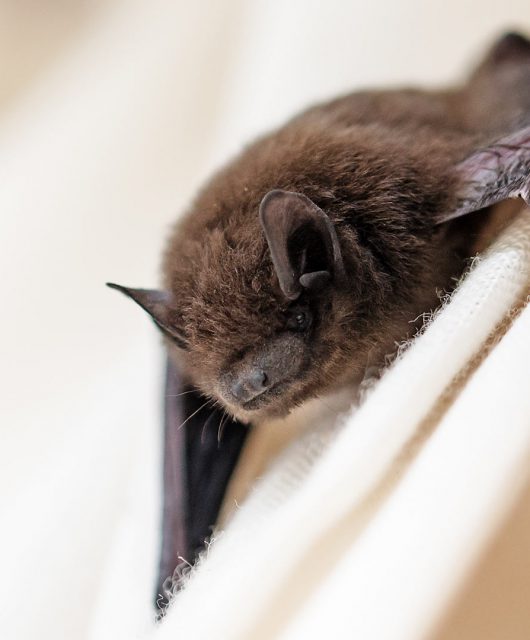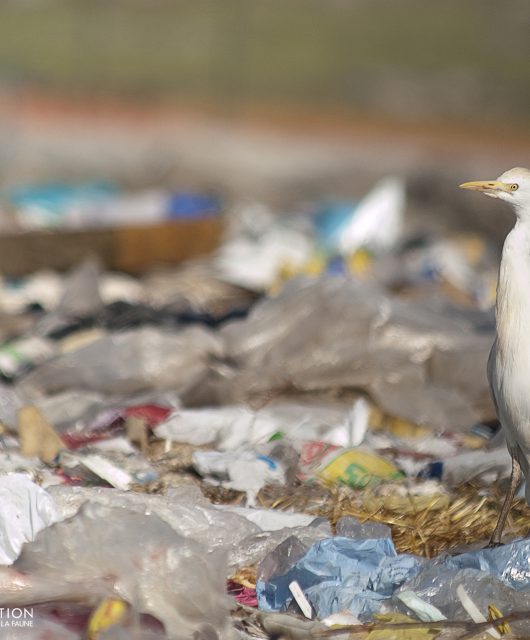By Acacia Frempong-Manso
iNaturalist Engagement Coordinator
Imagine stepping outside and uncovering the hidden world of plants, animals, and fungi right in your backyard, local park, or schoolyard.
A bioblitz is an exciting way to connect with nature, and iNaturalist.ca makes it easy and fun for anyone—teachers, homeschoolers, families, and community groups—to explore and learn about biodiversity.
What is a Bioblitz?
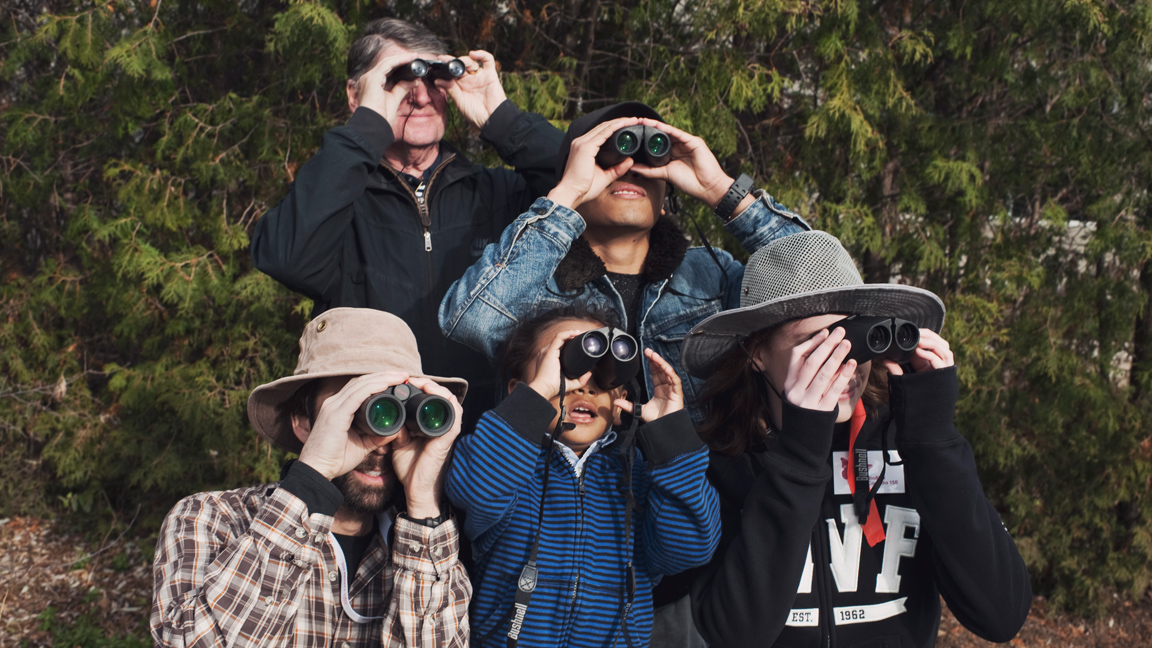
A bioblitz is a community effort to record as many species as possible in a defined area over a short period. It’s part scavenger hunt, part science experiment, and entirely engaging. Whether you have a couple of hours or an entire weekend, you can host a personal bioblitz to discover the diversity around you. For more information on how to run a bioblitz check out the Canadian wildlife federations Bioblitz in-a-box resource.
Why Use iNaturalist.ca
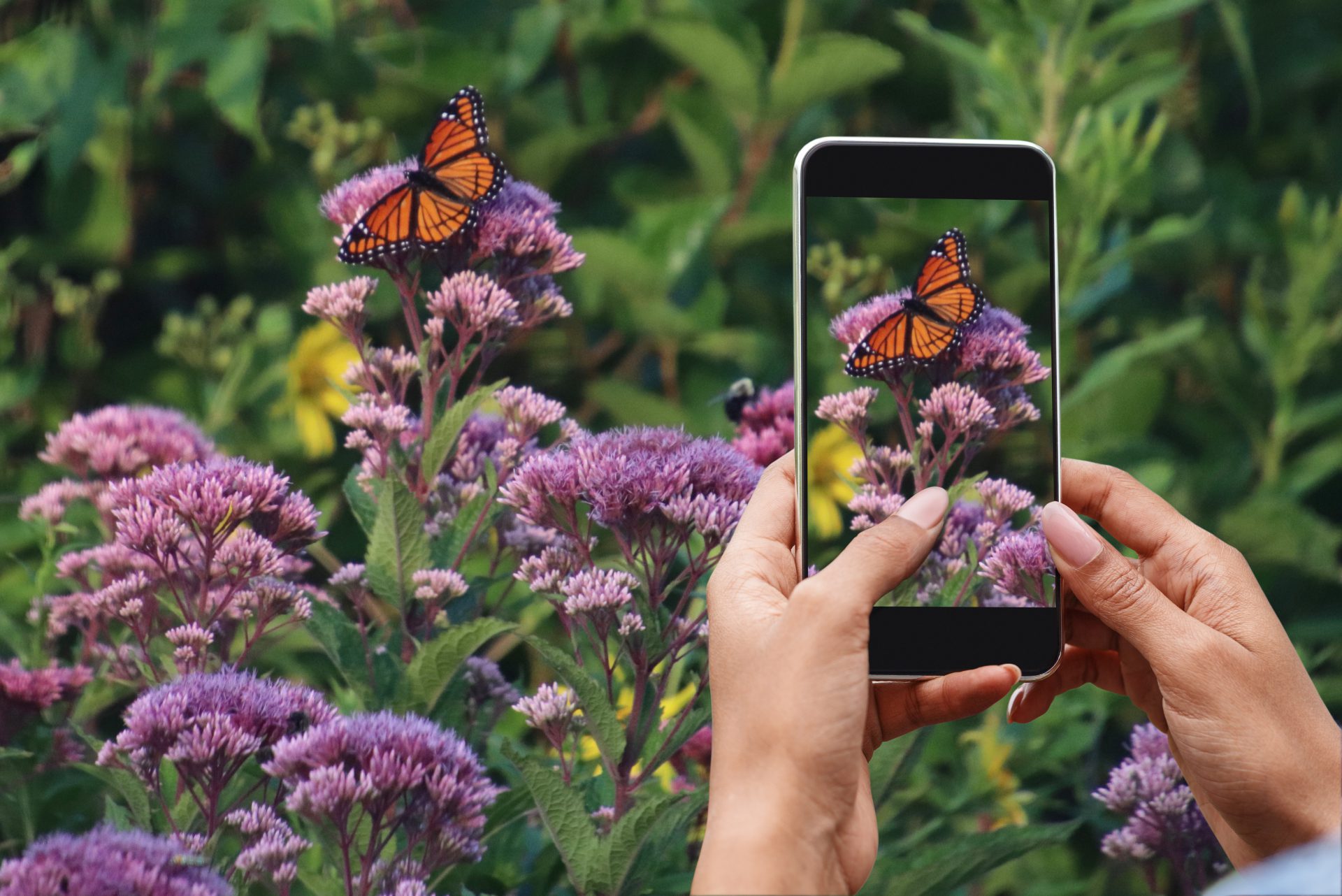
iNaturalist.ca is a free platform where you can upload observations of wildlife, get help identifying species, and contribute to citizen science projects. It’s perfect for beginners and experts alike, turning every observation into a small contribution to our understanding of biodiversity.
Steps to Host Your Personal Bioblitz
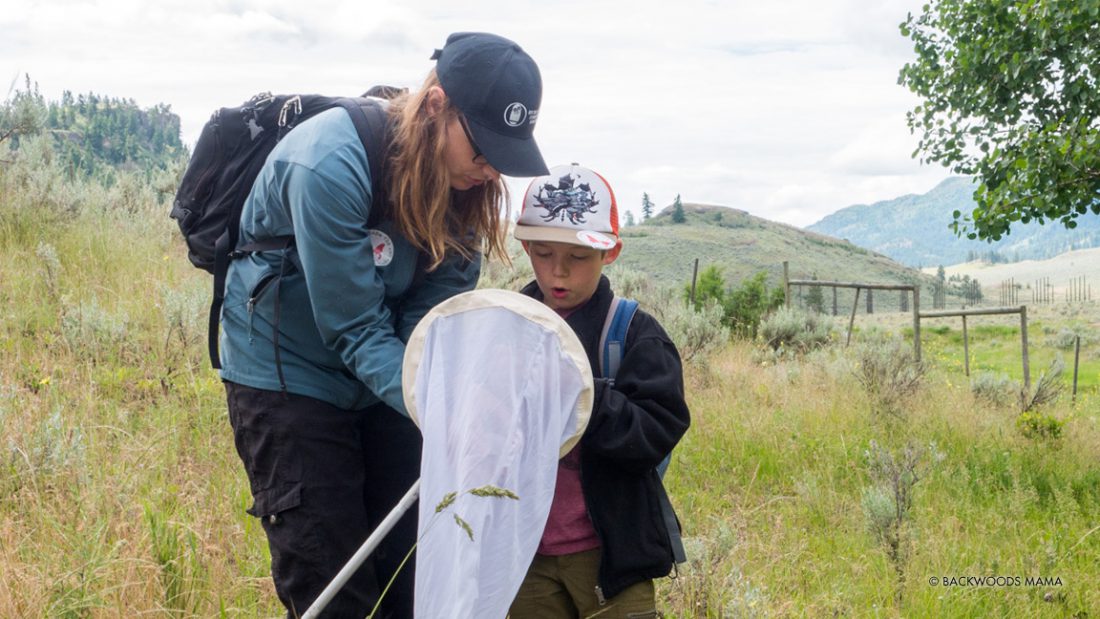
- Prepare Your Tools:
- A smartphone or camera.
- The iNaturalist app (free to download on iOS and Android).
- A notebook for jotting down observations or sketches.
- Choose Your Location and Time:
- Pick a location like a schoolyard, park, or even your backyard.
- Decide on the duration of your bioblitz—anywhere from an hour to a full day or weekend.
- Learn the Basics of iNaturalist:
- Create a free account on iNaturalist.ca or using the iNaturalist app.
- Familiarize yourself with the app or website by exploring local species observations.
- Check out some of these great materials on how to get started with iNaturalist
- Start Observing!
- Look closely at plants, animals, insects, and fungi in your area. Not sure how to take good photos of different species? Check out CWF’s guides on how to take identifiable photos
- Use your phone or camera to photograph what you find and upload it to iNaturalist.
- Make notes about where and when you found each species.
- Engage with the Community:
- Help other iNaturalist users identify their finds.
- Explore what others in your area are observing.
- Reflect and Share:
- Discuss what you observed—What surprised you? What was the most abundant species?
- Share your findings with your class, family, or online community.
Tips for Educators and Parents
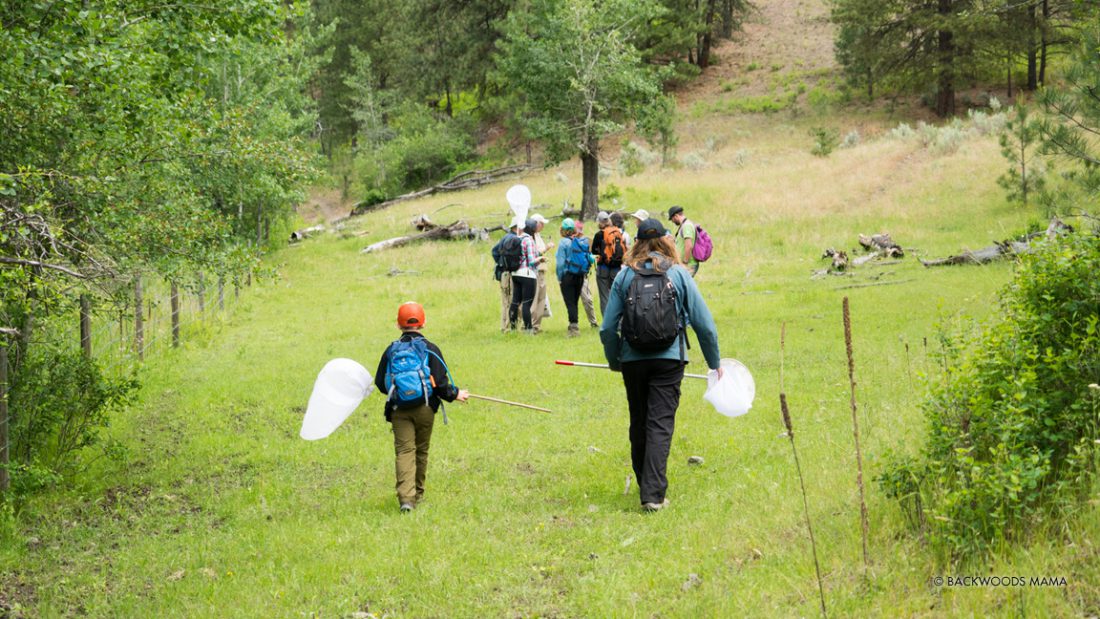
Hosting a personal bioblitz isn’t just a fun activity—it’s an opportunity to inspire curiosity, teach scientific thinking, and connect learners of all ages with the environment. Here are some ways to maximize the educational impact of your bioblitz:
Turn it into a STEM Activity
Use the bioblitz as a hands-on learning experience that integrates science, technology, engineering, and math:
- Science: Study species interactions, ecological roles, or how local wildlife adapts to urban environments.
- Technology: Teach kids how to use the iNaturalist app, GPS tools, or cameras to collect and document data.
- Engineering: Encourage students to design simple tools for observing nature, like bug traps or plant presses.
Math: Practice counting, graphing, and analyzing the biodiversity data collected. For example, compare the number of species observed in sunny areas versus shaded areas.
Focus on Themes
Themes can guide your bioblitz and add context to the observations:
- Pollinators: Observe bees, butterflies, and other pollinators in action and discuss their importance to ecosystems.
- Invasive Species: Teach about how non-native plants or animals can impact local biodiversity.
- Seasonal Changes: Focus on the signs of seasonal transitions, such as blooming flowers, migrating birds, or changing leaf colors.
Habitats: Explore different microhabitats within your chosen area, like under logs, in tree canopies, or along waterways
Encourage Curiosity
Make the bioblitz an adventure in discovery:
- Ask Open-Ended Questions: What patterns do you see in the plants or animals observed? Why might a species be found in one spot but not another?
- Explore Unknowns: Use the “What did you notice?” approach to let children drive the investigation. Even common species can spark fascinating discussions when viewed up close.
Follow Up with Research: Use books, online resources, or the iNaturalist community to dig deeper into the species identified.
Create Art and Stories from Observations
Blend science with creativity by encouraging children to draw their favorite species, write short stories about an organism’s “day in the life,” or craft poems inspired by what they saw. This interdisciplinary approach can make the bioblitz memorable and enjoyable for learners who might not yet see themselves as “scientists.”
Foster Teamwork and Community Engagement
Bioblitzes are a great way to bring groups together:
- Collaborative Learning: Pair younger and older children to observe and identify species as a team.
- Community Projects: Work with other families, classrooms, or nature clubs to create a combined biodiversity report for your neighborhood.
- Citizen Science Contributions: Highlight how their participation helps real scientists and conservation efforts.
A personal bioblitz using iNaturalist.ca is a simple, accessible way to spark curiosity about the natural world while contributing to meaningful citizen science. Whether you’re an educator, parent, or nature enthusiast, it’s a rewarding activity that transforms everyday spaces into windows of discovery.
Learn more about starting your own bioblitz or iNaturalist.ca

